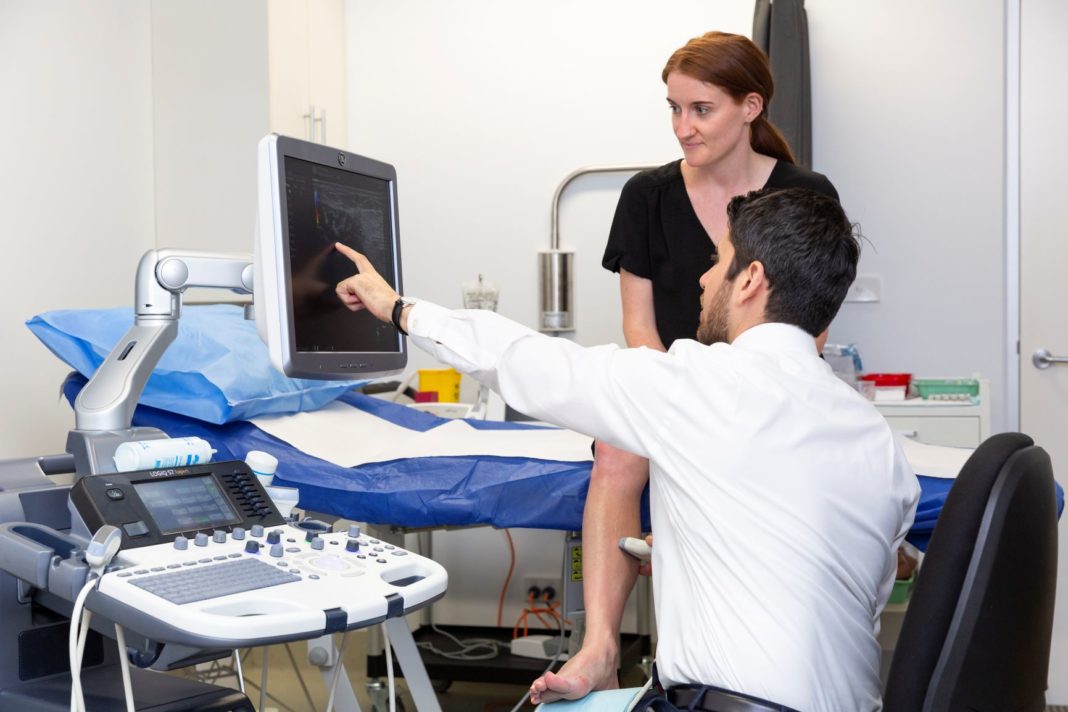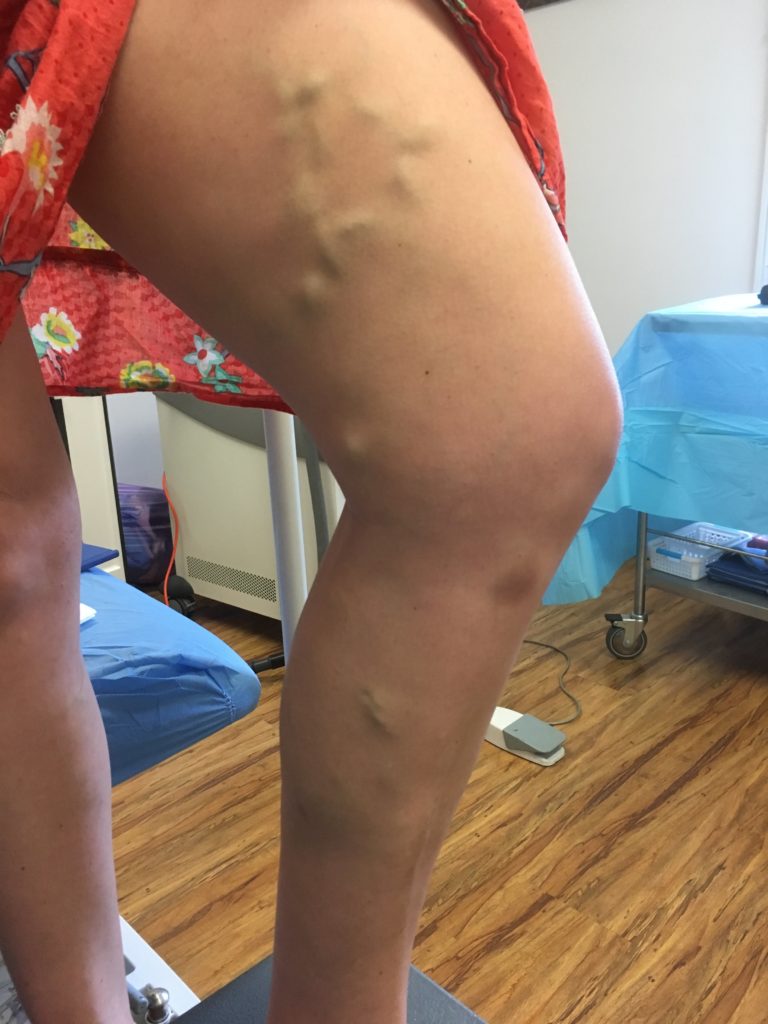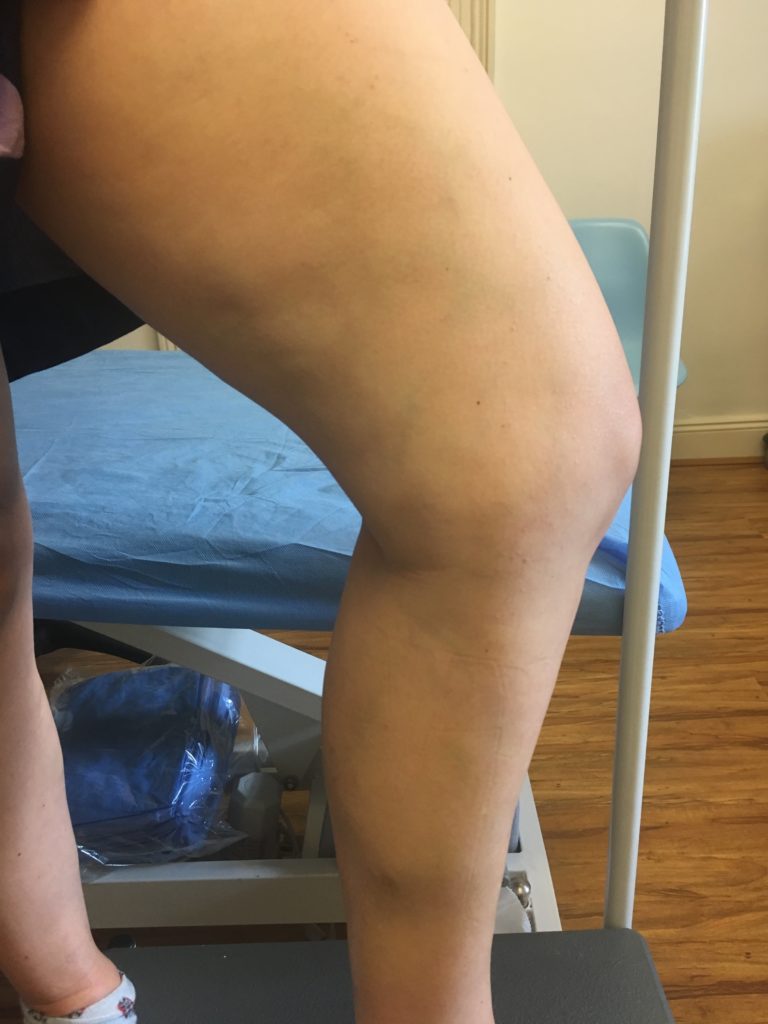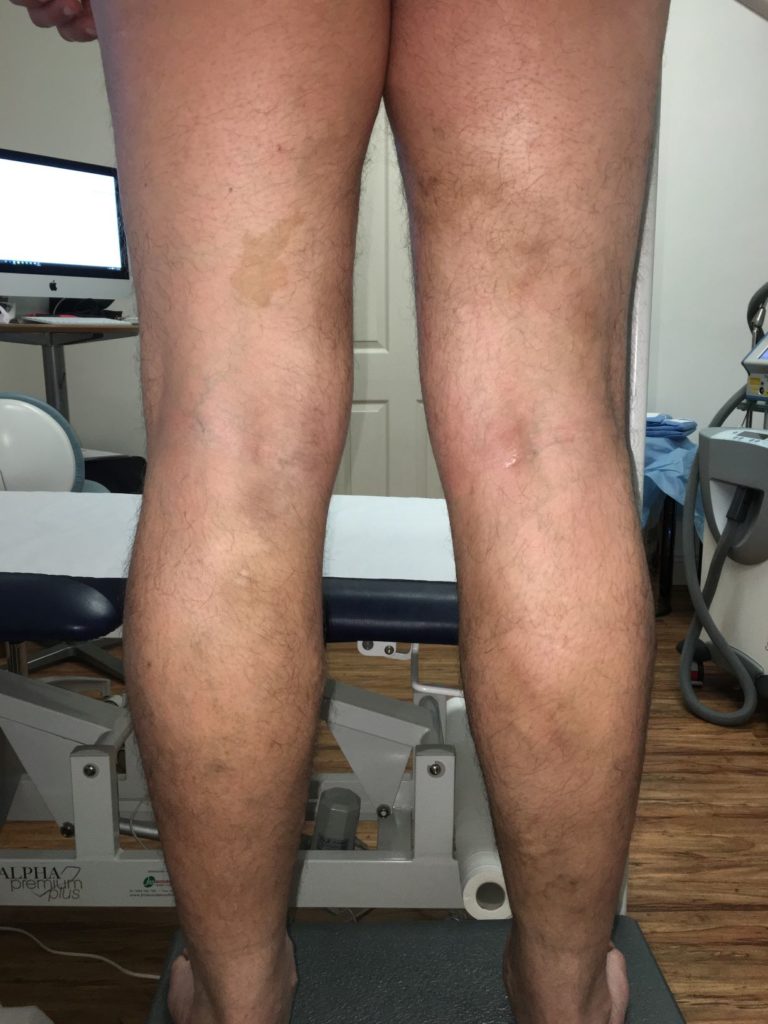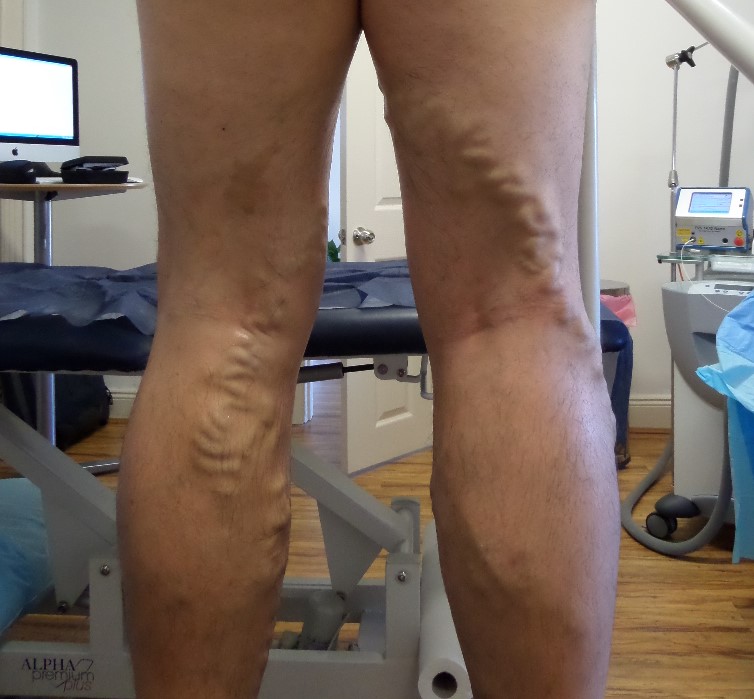The Vein Institute offers advanced, effective treatment of varicose veins with no surgery and minimal downtime. Take care of your veins before the summer season, under the care of experienced doctors who use the latest, state-of-the-art technology.
What are varicose veins?
“Varicose veins are caused when your vein valves aren’t functioning properly,” explains the Vein Institute’s medical director, Dr Zil Yassine.
“Weak or faulty one-way valves allow blood to flow backwards and collect in your vein, eventually leading to the swollen, twisted veins known as varicose veins.”
He says some people may experience no symptoms at all, while others may experience some or all of the following: pain, itching or heaviness in the legs; burning, throbbing or cramping; pain that intensifies after prolonged sitting or standing; and chronic swelling in the lower legs or ankles.
“In general, vein pain is considered vague and dull rather than sharp or immediate. If you raise your legs and the pain goes away, this is an indication your pain is vein related,” Dr Yassine says.
It is important to seek treatment for your varicose veins, as Dr Yassine explains: “Our veins are an integral part of our circulation system, acting as a roadway which drives de-oxygenated blood back to our hearts”. Therefore, vein conditions should always be considered serious.
“Issues with your veins are likely linked to poor blood circulation and could therefore lead to health concerns related to your heart and lungs. Each individual is different; however, there are some cases where, over time, circulation may become worse and cause changes in the colour and texture of the legs,” he says.
If left untreated, the skin may start to turn “brown in colour” and become brittle and fragile and more susceptible to injury. He says minor cuts and scrapes could turn into venous ulcers: bleeding sores that do not respond to topical treatments and refuse to heal.
“Around 70% of all venous ulcers are due to varicose veins, caused by a kind of ‘domino effect’: the varicose veins lead to reflux, which leads to venous hypertension, and impaired microcirculation. This then leads to tissue responses as the skin covering the veins can stop them getting the oxygen they need, and the result in some cases is a venous ulcer,” Dr Yassine says.
What treatments are available?
The good news is that varicose veins are treatable. Dr Yassine and his experienced team at The Vein Institute have improved varicose vein treatment in Australia, using the latest laser technology to treat varicose veins with no surgery, which means minimal downtime.
“We use the latest technology from Europe and the USA to provide the most advanced, non-surgical options in the treatment of varicose veins,” Dr Yassine says.
“Surgical treatments will require a few days in hospital and a lengthy recovery period. Non-surgical options are walk-in, walk-out. Many patients return to work the same day.
“Non-surgical varicose vein treatments cause minimal pain and discomfort; they require very little recovery and post-care compression stockings will only be required for a few days, compared to weeks or months with surgery.”
He says the pain is “comparable to an injection or blood test”, and the treatments have a higher success rate than surgical treatments: “especially with treatments such as Endovenous Laser and Radiofrequency Ablation, the varicose vein will return in less than 5% of cases”.
BEFORE AFTER
When should I have treatment?
Winter may be the ideal time to look into having treatment for your varicose veins, and Dr Yassine says many people elect to book their treatment for the cooler months.
“If necessary, it can be a good time to treat varicose veins for a couple of reasons. After having your varicose veins treated, you may experience slight bruising, some discolouration and very mild swelling, so some patients prefer to keep their legs covered for a day or so. Wearing compression stockings is also more comfortable in the cooler months.
“Additionally, we recommend keeping UV rays off your legs for a few weeks after treatment, particularly sclerotherapy. This is because UV rays can sometimes cause discolouration in healing skin.
“Once complete, you are able to return to normal activities, however, you will not be able to fly, run or perform strenuous exercise for a few days. Depending on the severity of your case, you may require multiple treatments or you will simply come back in for a few follow-up sessions so we can monitor progress.”
Dr Yassine says the team are well placed to perform their treatments during the COVID-19 pandemic. Operating out of a private medical clinic, Dr Yassine says The Vein Institute team are easily able to maintain social distancing and eliminate patient-to-patient interactions.
BEFORE AFTER
Patients come first at the Vein Institute
Patients are at the heart of everything at The Vein Institute, and Dr Yassine says treatments are always tailored to the individual.
“The treatment for varicose veins will vary, depending on the severity of your case, so our doctors will ensure they uncover the cause of your vein issue and recommend the best course of treatment,” he says.
“This enables us to guarantee a 98% laser success rate, where the treated varicose vein will not return.”
He says the typical treatment at The Vein Institute involves an initial consultation with a doctor, who will perform an ultrasound and determine the best treatment option.
“When you return for treatment, you may bring a book or magazine, or you can just scroll through social media. You can also request we play your favourite music while performing treatment,” he smiles.
Visit The Vein Institute website here.
This editorial was created in partnership with The Vein Institute. For more information on sponsored partnerships, click here.

